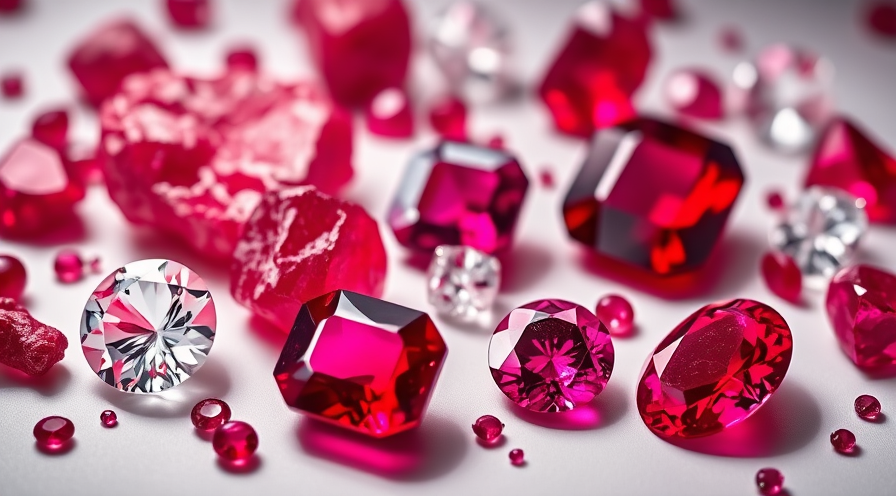
Why Rubies Are Rarer Than Diamonds in 2025
Share
In the world of precious gemstones, rubies have always held a special allure. Known for their vivid red color and historical significance, these gems are treasured for their beauty and rarity. As of 2025, rubies have become even rarer than diamonds, a development that has intrigued gemologists and collectors alike. In this article, we will explore the reasons behind this rarity and the significance it holds in the gemstone market.
The Geological Factors Behind Ruby Rarity
Rubies are formed under specific geological conditions, making them inherently rare. They belong to the corundum mineral family, gaining their renowned red color from the presence of chromium. The geological processes necessary for ruby formation are complex and occur under very particular conditions that are less common than those required for diamonds.
Formation Environments
Rubies typically form in metamorphic rocks such as marble, which require high temperatures and pressures. These specific conditions are not as prevalent, thus limiting the opportunities for ruby creation. In contrast, diamonds form much deeper within the Earth, in conditions that are slightly more common and widespread in volcanic pipes known as kimberlites.
Geographical Constraints
Most ruby deposits are found in specific locations such as Myanmar, Thailand, and Mozambique. Political and environmental challenges in these areas can also restrict mining activities, further contributing to the scarcity. Diamond deposits, being more geographically widespread, are not subject to the same degree of limitation.
Market Dynamics and Demand
The rarity of rubies is not only a result of geological factors but also due to their market dynamics. As global demand for colored gemstones continues to rise, rubies are at the forefront due to their vibrant color and historical value.
Collector and Investment Interest
With increasing investments in gemstones as alternative assets, the demand for rubies has seen a significant surge. Collectors prize these gems for their rarity and intrinsic beauty, making rubies a sought-after item in auctions and private sales. This escalating demand, in tandem with limited supply, drives the market demand further.
Comparative Value
The value placed on rubies often surpasses that of diamonds when considering gemstones of comparable size and quality. The mystique surrounding rubies, influenced by their historical and mythological significance, adds to their desirability and price. As a result, rubies have emerged as not just decorative items but as substantial investment vehicles.
The Role of Synthetic Alternatives
As natural rubies become rarer, the market sees a steady growth in the production of synthetic rubies. These lab-created stones offer a viable alternative, bridging the gap between consumer demand and the limited natural supply.
Technology and Innovation
Advanced technology enables the production of high-quality synthetic rubies that mimic the properties of their natural counterparts. Although they provide a more accessible option, they do not diminish the prestige or value of natural rubies, which remain highly coveted.
Market Acceptance
While synthetic rubies are increasingly accepted for jewelry and industrial applications, they have not yet replaced the charm and status symbol that natural rubies command. The rarity of authentic rubies continues to ensure their place at the apex of the gemstone hierarchy.
Concluding Thoughts on Ruby Rarity
As gemstones continue to captivate both collectors and investors, the rarity of rubies, compared to diamonds, underscores their unique position in the gem market. Driven by both geological uniqueness and a burgeoning collector base, the allure of rubies remains unchallenged. Whether as an investment or a jewel of personal significance, the rarity of rubies ensures their eternal appeal.
For those interested in the gemstone market, staying informed about developments in rarity and value can aid in making strategic investments and acquisitions. To explore more about rubies and other gemstones, potential investors and enthusiasts are encouraged to delve deeper into geological records, market reports, and ongoing auctions.

